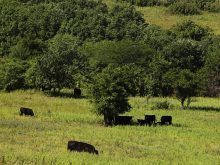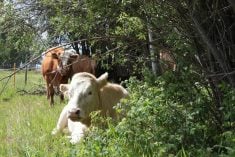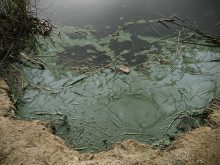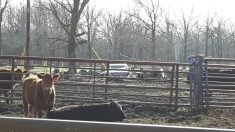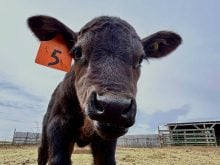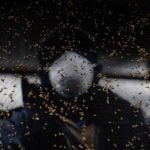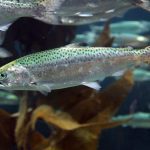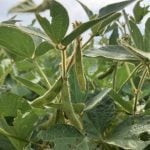We live in a world where vaccinology has been one of the mainstays of disease prevention in livestock in general — producers definitely rely on it. This year, one of the main scour vaccines has been absent in the marketplace for the second straight year.
There are alternative products, but their use may mean tweaking management. Another option might involve not vaccinating certain groups of cattle — such as older cows — saving a limited supply for where it’s most needed.
We all know that scours booster shots are given annually at a certain time before calving starts, but this varies with each product, so make sure if you switch vaccines that you pay close attention to the time interval. In my view, proper timing is one of the critical pieces of information.
Read Also
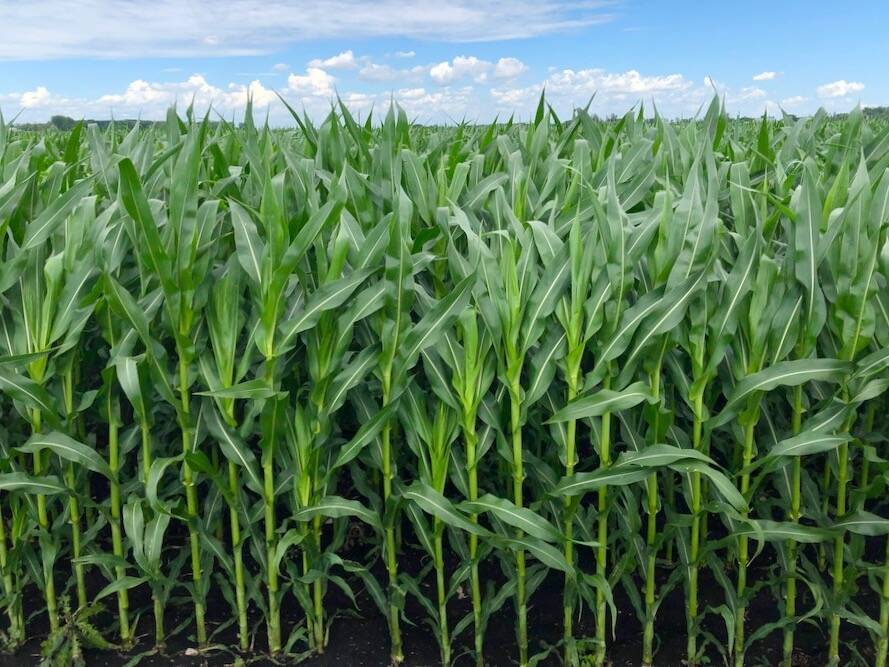
Cancer agency reclassifies another herbicide ‘probably carcinogenic’
The WHO’s cancer research agency has now put atrazine, a herbicide well known to corn growers, in the same potential-hazard category where the agency put glyphosate.
Some pharmaceutical manufacturers will say if you switch companies, you need to start over, but that is simply not true. It is no different than if we switched to different COVID vaccinations.
The leading vaccine that is not available is Elanco’s Scour Bos 9. It provides comprehensive protection against up to nine antigens for broad-spectrum coverage against the leading causes of scours. It also has a flexible administration schedule. However, there are two pretty equivalent competitors such as Guardian from Merck Animal Health and Scour Guard 3kv from Zoetis .
With all productsm the proper timing to administer the vaccine and booster will vary. They always say so many weeks before calving starts. So when is that? Calving actually starts when the rush from the first cycle of conception starts. In my mind, the twins that come a week early or the premature calves or those cows with really short gestations are not technically the start of calving season, so keep that in mind. Then there is the variance in when you can actually vaccinate depending on weather, available help, the timing of external and internal parasite treatments and other management factors.
Proper management practices
I believe that with such things as better colostrum management, biosecurity measures such as boot dips in the calving barns, lots of bedding and making sure calves suck quickly after they are born are all preventative measures that help reduce the risk of scours.
My worry is it just takes that one colostrum-deprived calf to start a bad clinical case and the rest of the herd is highly exposed to infectious scour causing organism and a wreck develops.
On the management side, often in smaller beef herds, cows with calves aren’t separated from those about to calve can have consequences for spreading disease. Another ideal situation for disease development and spread is when a producer keeps adding cows with calves together in the same pen or paddock and they end up with increasing numbers of younger calves with older calves.
Those cows that calve on grass where lots of separation between animals may not require a scours vaccination.
In all the herds we still see outbreaks of cryptosporidiosis scours, which tells me biosecurity is not ideal. This is the type of scours that is not covered by any of the vaccines. It is very prevalent in dairy calves. It is a protozoa where millions of oocysts (eggs) are spewed out.
Also of concern is zoonosis (disease transmission between animals and humans). This is a type of scours that can cause severe intestinal infections in people as well. So when treating sick animals, one must use gloves and clean up very well after handling.
It is also important to isolate these calves in an area far away from any calving area or barn. The producer needs to change coveralls before entering a calving area, or have someone that doesn’t deal with the calving cows do the scour treatments to keep these one-off cases from spreading.
Clinics can test scours manure in several different ways to see if cyrptosporidiosis is the problem, and that is well worth knowing.
Treatment options
Getting back to the vaccine shortage, Elanco does have a supply of Scour Bos 4 for the prevention of disease in calves caused by bovine rotavirus and bovine coronavirus.
The vaccine does not cover the main bacterial cause of scours but that protection can be added in with use of a bolus product such as First Defense. First Defense is a pill given at birth or can be started when an outbreak occurs.
There are a few options if cows aren’t vaccinated and a scours outbreak occurs. First is to have the type of scours specifically diagnosed. Knowing the age of calves that are getting scours gives the clue to your veterinarian as to whether viruses, bacteria or protozoa (cryptosporidiosis or coccidiosis) are involved.
At the start of an outbreak, use a product such as First Defense that can give protection against the e-coli or the bacterial form of scours. There are also oral vaccines such as Calf-Guard by Zoetis or intranasal vaccines (bovilis corona) that will look after the main viral causes of scours. And then there is mass treatment with a specific treatment for cryptosporidiosis. This treatment for crypto is a specific treatment containing halofuginone. This is pretty labour-intensive but can stop an outbreak if acted on quickly.
Scours can be a scourge during calving season but if diagnosed and acted on quickly with the right treatment it can be stopped, and of course prevention is always the number one option.
If there is an outbreak, additional steps can be taken to prevent it from reoccurring next year. We have come along way over the years to properly prevent, manage and then treat if necessary, but outbreaks still happen each year. Your veterinarian is still your best source to put all the pieces of the puzzle together and get you headed in the right direction.



